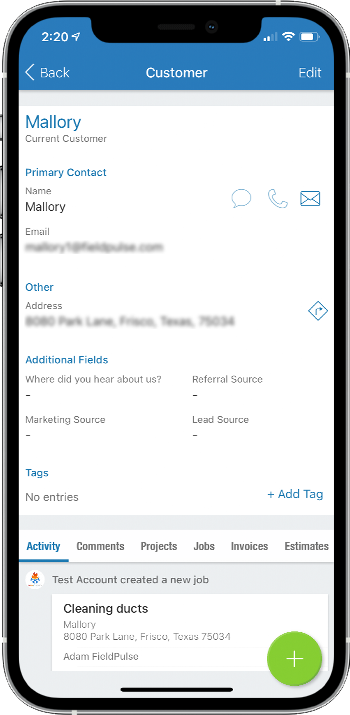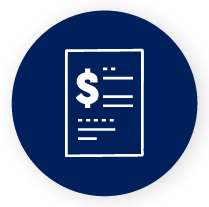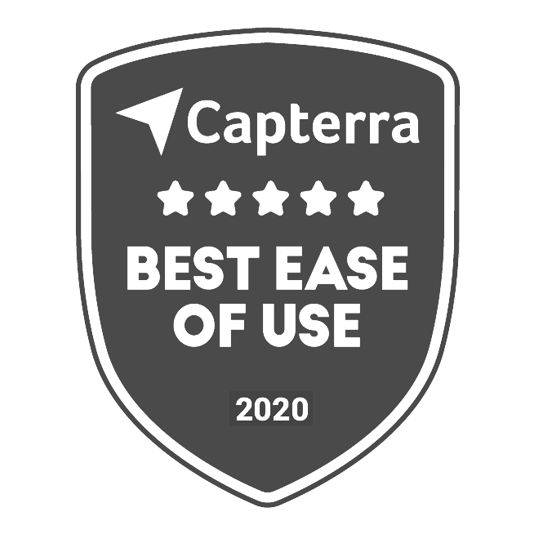Painting Service Software

The easiest way to run your painting business
Sanding, prepping, priming, painting – it’s a lot to keep track of on each job. With FieldPulse, you can make sure all tasks are organised for each team member.
Designed for the needs of small- to medium-sized painting businesses, FieldPulse allows teams to:
- Produce clean and professional quotes
- Schedule crews and jobs
- Keep even the smallest task organised
- Manage customer payments
- And much more!
Reduce the daily stress caused by the many administrative tasks that your painting business needs. FieldPulse’s business management app takes the pressure off when it comes to mailing invoices, playing phone tag with customers, and tracking technician time.


Easy-to-use management software for painters
Painting contractors finally have a quick and easy way to run their businesses.
Simple customer management
As the owner of a painting business, you probably have a lot of different customers with different needs. Maybe some need a full house paint. Others may simply need updated trims and shutters.
Whichever it might be, keep all your customers’ detailed information on FieldPulse’s simple customer management dashboard. See all the info you need on each customer, including past jobs, previous invoices and quotes, and any current work being done.
Job scheduling made easy
Certain painting jobs can take up a good part of your monthly calendar. Avoid overbooking with job scheduling software that provides a quick, detailed view of all jobs and their timelines. From there, you can make sure you have the bandwidth to take on any new jobs that come along in a timely manner.
Quick mobile payments
FieldPulse’s Mobile Payments feature gives you greater control over when and how you take payments. Get paid faster by giving your customers the option to simply pay right at the worksite. This will help you close out jobs faster, keep customers happy, and give you the room to take on more projects.
Features Made Just For "Painting"

Integrations
Stop doubling your workload with FieldPulse’s integrations. From Reece to Xero, FieldPulse connects them all (and more!) making sure your information stays accurate across all of your platforms.
Already using Xero? You might have read horror stories about connecting invoicing software with Xero, but we offer one of the most complete, seamless syncs with Xero. Syncing your customers, invoice items, quotes, invoices, and payments between your accounts has never been easier!
![]() Once they arrive on the job, I get an alert that the job has started, it is in process, as well as complete and paid.“
Once they arrive on the job, I get an alert that the job has started, it is in process, as well as complete and paid.“
Oliver | Air comfort hvac & refrigeration
Easy to use,
Easy to Get Started

Integrations
Stop doubling your workload with FieldPulse’s integrations. From Reece to Xero, FieldPulse connects them all (and more!) making sure your information stays accurate across all of your platforms.
Already using Xero? You might have read horror stories about connecting invoicing software with Xero, but we offer one of the most complete, seamless syncs with Xero. Syncing your customers, invoice items, quotes, invoices, and payments between your accounts has never been easier!









